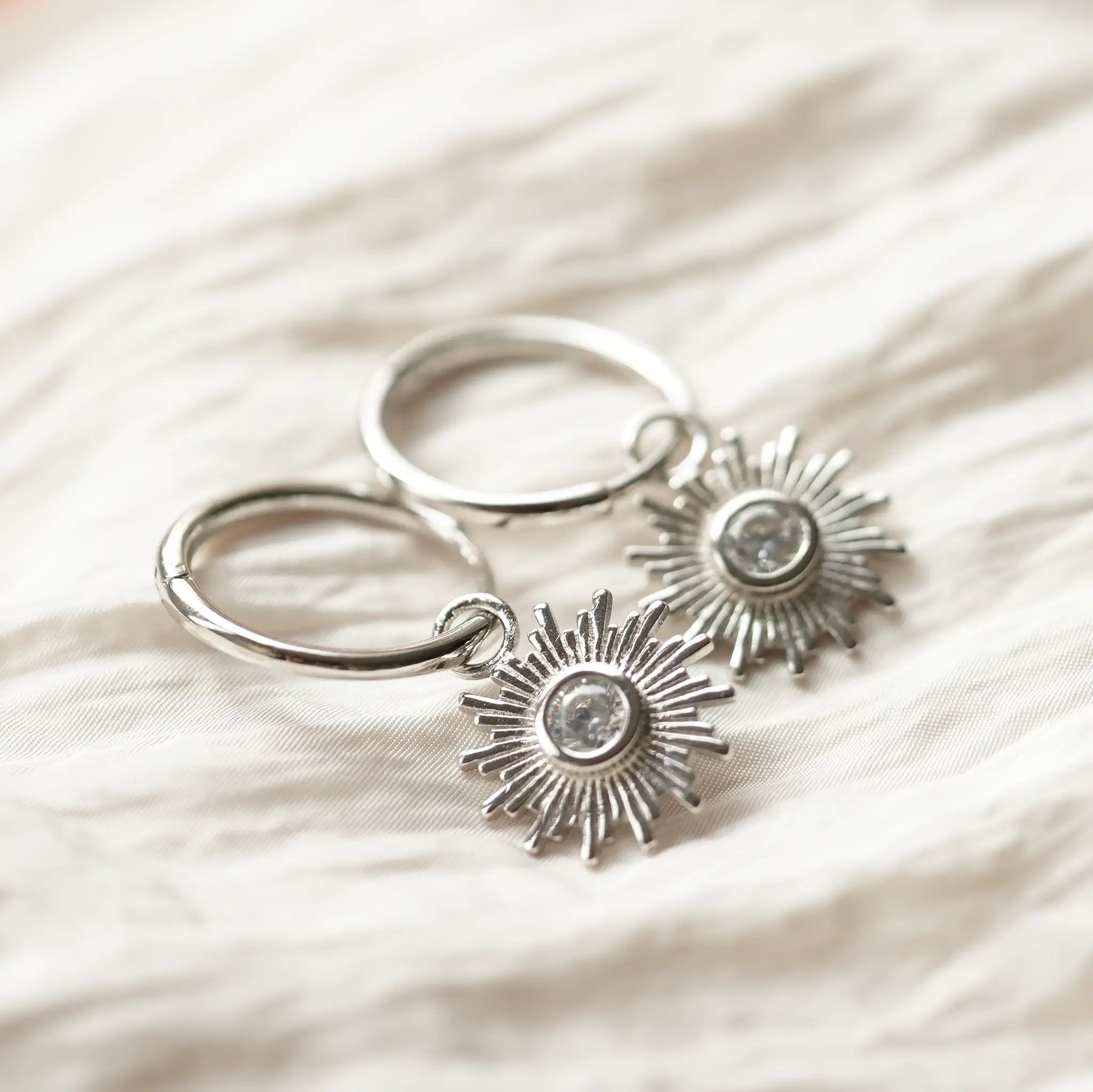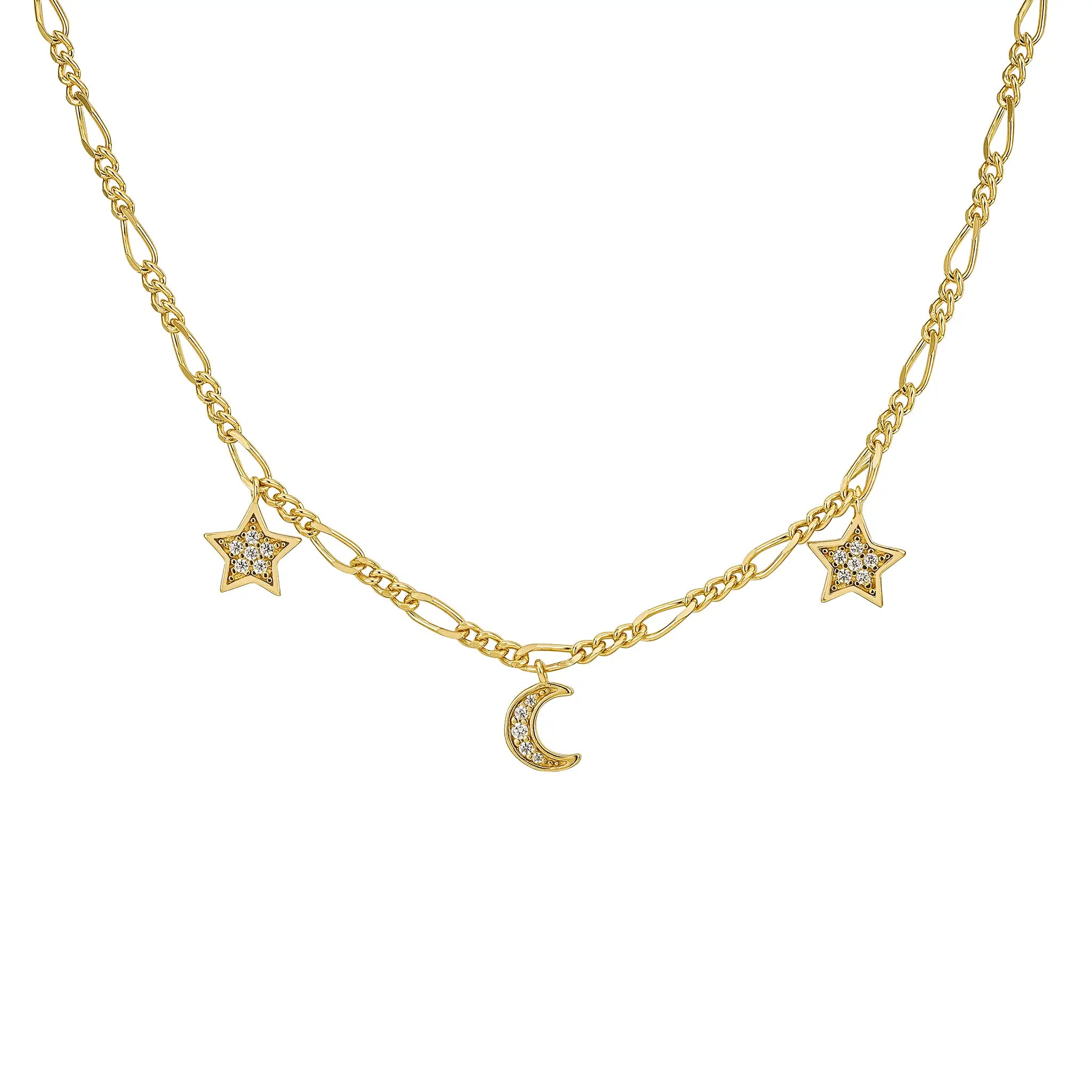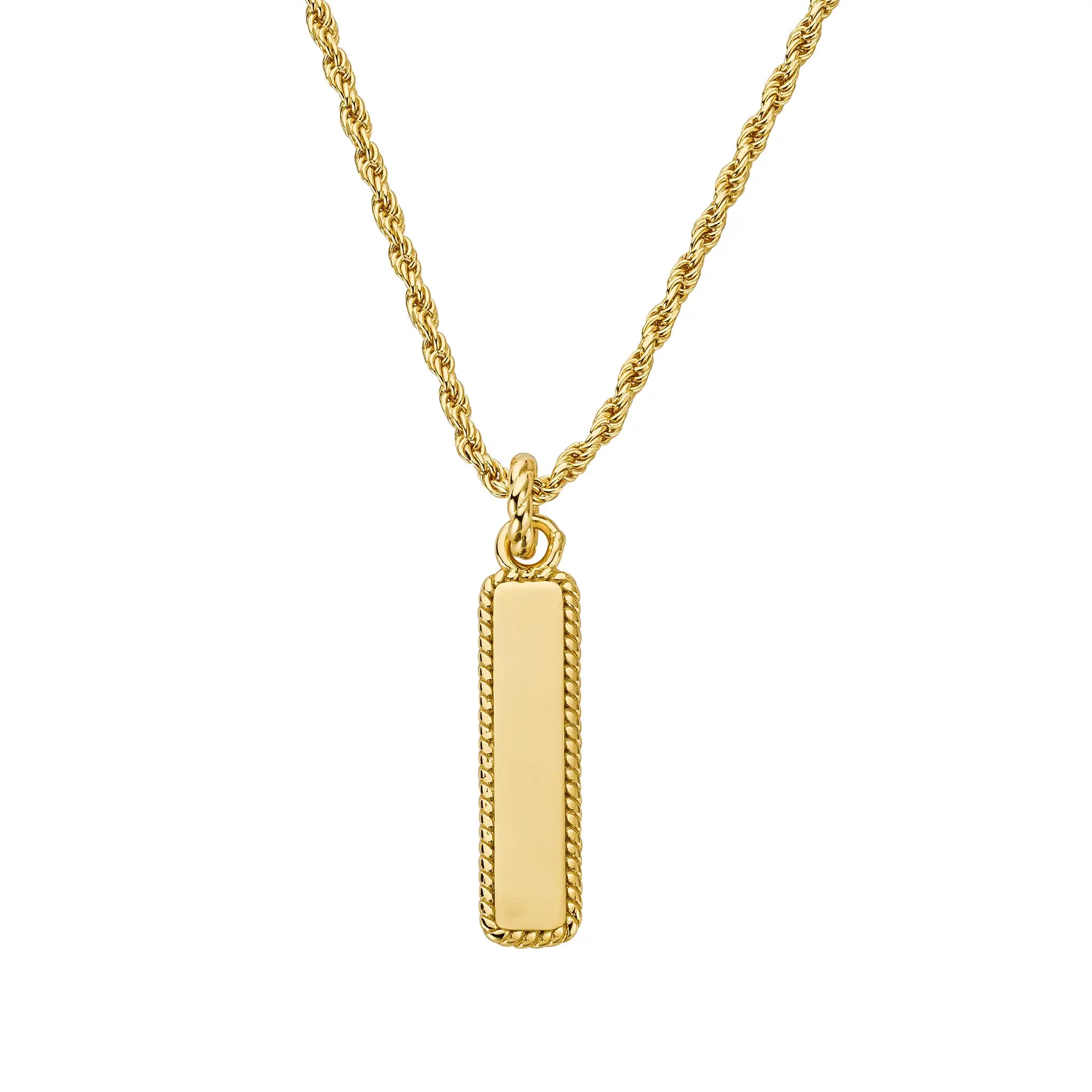Are Candles Toxic? Let's Investigate

If you're asking yourself 'are candles toxic?', the answer is that it depends on the candle. Read on to find out more about what kinds of candles are toxic, and which candles might be a safer alternative.
Mass-produced candles made with paraffin wax and synthetic fragrances that contain phthalates and parabens do release chemicals into the air when burned. While occasional use may not pose a significant health risk for most people, frequent exposure, especially in enclosed spaces, could be a cause for concern.
On the other hand, candles made from natural waxes like rapeseed or coconut, and scented with essential oils or non-toxic fragrances, offer a safer alternative. They provide the same relaxing ambience and delightful aromas without the potential health risks, making them an excellent option for anyone looking to enjoy their candles without worry.
Which Candle Ingredients Can Be Toxic?
One of the most common materials used in candles is paraffin wax, a by-product of petroleum refining. Paraffin candles are widely available and inexpensive, making them a popular choice for many consumers. However, when paraffin wax burns, it can release potentially harmful chemicals into the air.
When paraffin wax is combusted, it can emit a range of chemicals, including benzene and toluene, both of which are known carcinogens. The soot produced from paraffin wax can also contain traces of these toxins, which may pose health risks if inhaled over prolonged periods. In poorly ventilated spaces, these substances can accumulate, leading to concerns about indoor air quality.
The Role of Fragrance Oils: Phthalates and Parabens
Another factor contributing to candle toxicity lies in the fragrances used. Many mass-produced candles are scented with synthetic fragrance oils that contain chemicals like phthalates and parabens. Let’s break down what these are:
- Phthalates: These are chemicals used to increase the flexibility and longevity of fragrances. While they help scents last longer, they have been linked to hormone disruption and reproductive health issues. Some studies suggest that phthalates can negatively affect respiratory health, particularly in people with asthma or other respiratory conditions.
- Parabens: Often used as preservatives in cosmetics and fragrances, parabens can mimic oestrogen in the body, potentially disrupting hormone balance. Though the research is still evolving, long-term exposure to high levels of parabens has raised concerns about its effects on the endocrine system.
Should We Be Worried About Burning These Candles?
The levels of harmful substances released by burning paraffin candles or those with phthalate-laden fragrance oils are generally low. For most people, occasional candle use is unlikely to cause serious health problems. However, if you burn candles regularly, particularly in confined or poorly ventilated spaces, these emissions could accumulate over time.
For people with pre-existing conditions such as asthma, chemical sensitivity, or those wanting to reduce their exposure to unnecessary chemicals, switching to alternative, more natural candle is advisable.
A Safer Alternative: Rapeseed and Coconut Wax

If you're looking to reduce potential risks associated with candle burning, consider switching to candles made from natural waxes like rapeseed or coconut wax.
Here’s why they’re a better choice:
- Rapeseed Wax: Grown predominantly in Europe, rapeseed wax is a sustainable, eco-friendly alternative. It’s fully biodegradable and doesn’t produce harmful chemicals when burned. Rapeseed wax burns cleanly and has a long burn time, meaning it’s both good for the environment and economical in the long run.
- Coconut Wax: Extracted from coconut oil, coconut wax is another environmentally friendly option. It burns at a lower temperature, which results in a longer-lasting candle with minimal soot. It’s non-toxic and doesn’t emit harmful chemicals like paraffin.
Essential Oils vs Synthetic Fragrances
When considering scented candles, it’s important to understand the difference between synthetic fragrance oils and essential oils.
- Essential Oils: Derived from plants, essential oils are a natural, non-toxic way to scent candles. They don’t contain phthalates or parabens and are widely considered safe for use in candles, as long as they are diluted properly. The scent throw (how far the fragrance travels) might not be as strong or long-lasting as synthetic fragrances, but they offer a more natural and health-conscious alternative.
- Phthalate and Paraben-Free Fragrances: Many candle manufacturers are now offering synthetic fragrances that are free from phthalates and parabens. These are a good middle-ground option for those who want strong scents but without the health concerns associated with conventional fragrance oils.
What Should You Look for in a Candle?
To make healthier and more eco-conscious candle choices, here’s a quick guide on what to look for:
1. Wax: Opt for natural waxes like rapeseed, coconut, soy or beeswax.
2. Fragrance: Choose candles made with essential oils or those advertised as free from phthalates and parabens.
3. Wicks: Ensure that the wicks are lead-free. Most modern candles no longer contain lead, but it’s worth checking, as leaded wicks can emit harmful fumes.
4. Sustainability: Consider the environmental impact of the candle. Look for candles that use renewable or biodegradable ingredients and packaging that minimises waste.

So, are candles toxic?
The short answer is: it depends on the candle. In the end, choosing the right candle comes down to personal preference and health considerations. With the variety of safer options now available, it’s easier than ever to find candles that are both beautiful and non-toxic.








